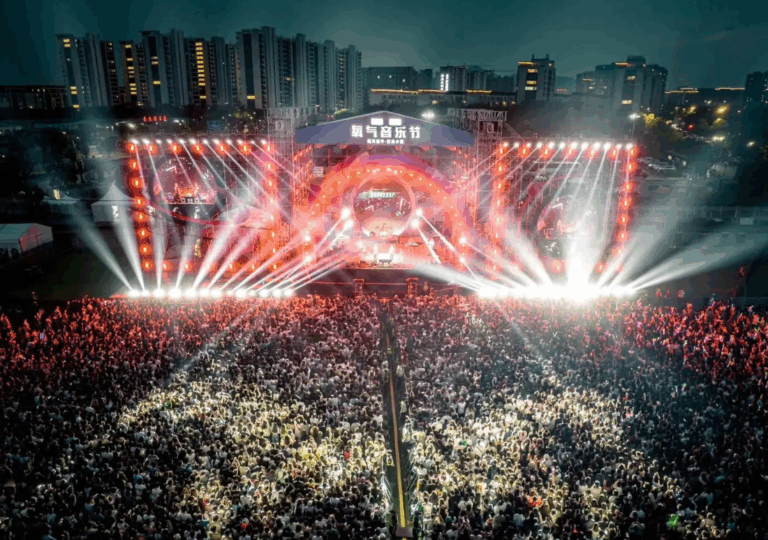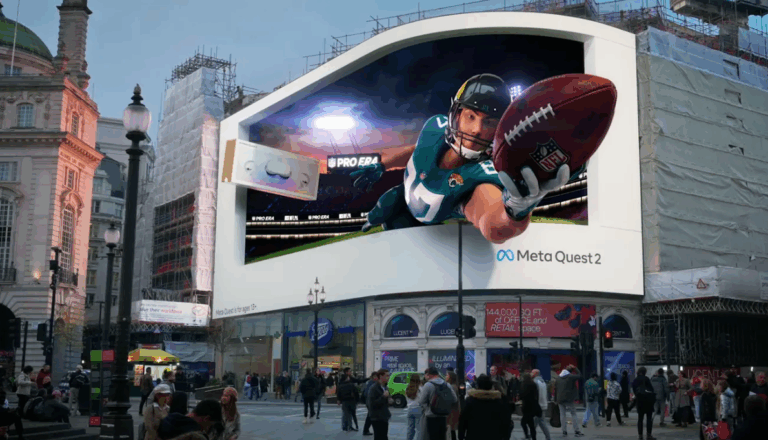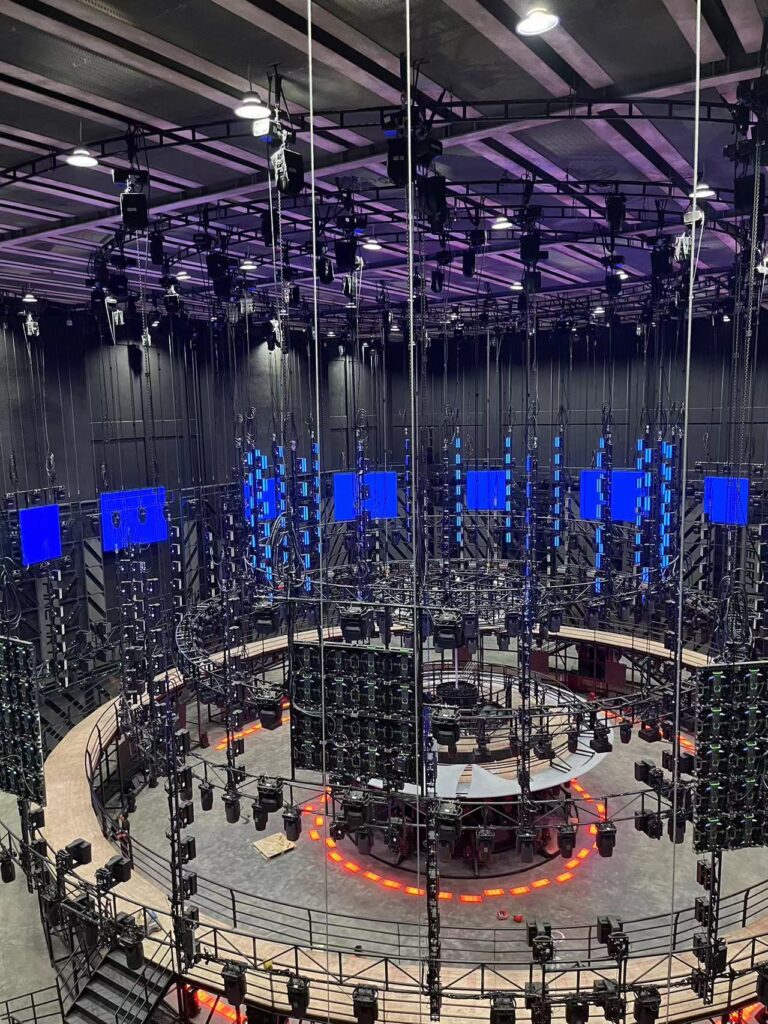Table of contents
What is an indoor LED display?
What is a projector?
Are LED screens better than projectors?
What is an indoor LED display?
Indoor LED display is a large-screen display device that uses ultra-high-brightness light-emitting diodes (LEDs) as light-emitting elements. It uses electron beam tubes to control high-precision gray scale and white field uniformity to form a high-definition display screen. Such displays are typically used in indoor environments such as walls in shopping malls, banks and hospitals. Do you know the difference between indoor and outdoor LED walls?

What is a projector?
A projector, also known as a projector, is a device that can project images or videos onto a screen or wall. It can be connected to computers, VCD, DVD, BD, game consoles, DV, etc. through different interfaces to play corresponding video signals. Projectors are widely used in homes, offices, schools and entertainment venues. According to different working methods, projectors can be divided into different types such as CRT, LCD, DLP, 3LCD, etc. In addition, projectors can be divided into three categories: lamp projectors, LED projectors and laser projectors according to different light sources.

10 main differences between LED screens and projectors:
1. Display principle:
LED screen: uses light-emitting diodes (LEDs) as light-emitting elements, and each pixel is composed of a combination of red, green, and blue LED light sources.
Projector: Uses an optical lens to project an image onto a screen or other surface, usually using an incandescent or laser light source.
2. Brightness and contrast:
LED screen: usually has high brightness and high contrast, adaptable to various lighting conditions.
Projector: Can be limited in bright environments, with relatively low brightness and contrast.
3. Resolution and image quality:
LED screen: Provides high-resolution images with high color saturation, suitable for occasions requiring high image quality.
Projector: Although there are high-resolution models, they may not be comparable to LED screens in some situations.
4. Environmental requirements:
LED screen: not affected by ambient light, suitable for various environments, including bright outdoor environments.
Projector: It is sensitive to ambient light and requires a relatively dark environment.
5. Installation and layout:
LED screen: relatively easy to install, can be customized into various shapes and sizes, and is suitable for different scenarios and design needs. Here are some ways to install LEDs.
Projectors: Installation and calibration can be relatively complex, especially if a special layout or projection angle is required.
6. Maintenance and lifespan:
LED screen: long life, relatively simple maintenance, and module replacement is possible.
Projector: The light source has a limited life, the bulb may need to be replaced more frequently, and the maintenance cost is higher.
7. Cost:
LED screen: The initial investment is higher, but considering the long life, low energy consumption and lower maintenance costs, the overall cost may be more reasonable.
Projectors: The initial cost is lower, but the long-term cost can be higher when you factor in lamp replacement and maintenance costs.
8. Mobility:
LED screen: relatively fixed and not suitable for frequent transportation.
Projector: suitable for scenes that require mobile projection, such as lectures, training, etc.
9. Color restoration ability:
LED screen: It can accurately restore rich colors and provide high color saturation.
Projector: In some situations, it may not be able to achieve the color reproduction level of the LED screen.
10. Technical application:
LED screen: commonly used in commercial displays, indoor and outdoor advertising, digital signage and other fields. Here is an analysis of the main application areas of LED displays.
Projector: suitable for conference room presentations, education and training, cinema screenings and other occasions.
Summarize:
Therefore, when choosing LED screens and projectors, you need to consider actual needs and usage scenarios. If you need a display with high brightness, high definition, and high color reproduction capabilities, and your budget allows, LED screens are a better choice. On the other hand, if you need a large screen display but have a limited budget and don’t have high requirements for brightness and color, you can consider using a projector.





